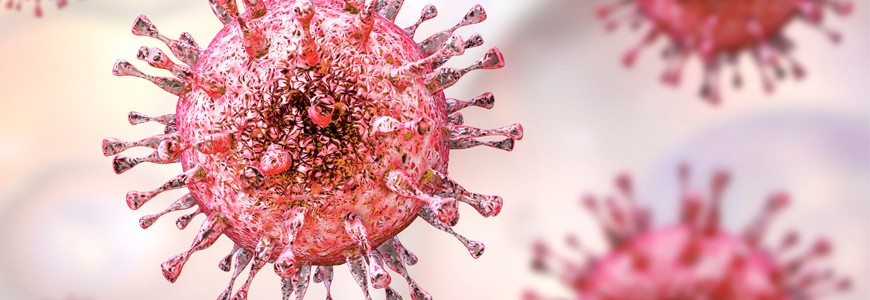While the placenta is an excellent barrier against fetal exposure to infections and environmental toxins, certain pathogens and environmental compounds are able to be transmitted through the placenta from a mother to a fetus. Yet, the fetal effects of these exposures can be mitigated by the placental transfer of healthy maternal antibodies.
Viruses including Zika, HIV, and cytomegalovirus (CMV) are particularly dangerous for the developing fetus and maternal vaccines are urgently needed, says Sallie R. Permar, MD, PhD, a pediatric infectious diseases specialist and member of the Duke Human Vaccine Institute.
CMV is a primary focus of Permar’s research, aimed at educating women on how to protect themselves and advocating for further studies into the causes and prevention of the virus, which is sometimes underestimated as a serious health threat for newborns. “Congenital CMV is a virus with a PR problem,” Permar says. “It’s the most common cause of birth defects, responsible for 25% of all childhood hearing loss, and is the cause of more long-term deficits of newborns than most other neonatal viral pathogens.”
Permar is the senior author of a study on maternal and infant immune systems and the role of antibodies in virus transmission, published June 13, 2019 in Cell. In the study, researchers described a previously unidentified route for antibodies to be transferred from a mother to a fetus, illuminating a potential way to control when and how certain antibodies are shared.
“It’s always been assumed that all maternal antibodies had the same chance of transferring to the fetus, meaning there was no way we could direct certain antibodies across the placenta and to the baby,” Permar says. “Our study found that there seems to be a code on the antibody that determines which antibodies will more effectively transfer across the placenta.”
The study involved two populations of pregnant women in the U.S. and Malawi who were infected with HIV, which is known to inhibit the transfer of all antibodies to the fetus. This characteristic of the virus provided a unique opportunity to explore a little-understood process with implications for antibodies against numerous common pathogens, including tetanus, pertussis, influenza, and others.
The researchers identified a sugar molecule that interacts with placental receptors, an interaction that had previously not been known to be involved in the antibody transfer process. “We have shown that the efficiency of antibody transfer across the placenta is differentially regulated,” Permar says. “This insight could improve the design of vaccines for a variety of infectious diseases to improve the transplacental antibody transfer to the fetus.”
Permar and her team are using human and primate studies to model vertical transmission across the placenta and through breast milk to help define immune responses and study novel vaccine approaches. Some studies involve pairs of mothers and babies, some of whom have transmitted pathogens to their babies and some who haven’t, despite being infected with CMV or HIV.
“Studying these cohorts is helping us better understand immune responses and how to protect a fetus through maternal vaccination or through passive antibodies that could be delivered to the mother and naturally transferred to the fetus,” says Permar.
